Between Public and Private Schooling : The Lebanese Bear Double Costs
Budget of the Ministry of Education and Higher Education
Based on the 2012 draft budget law, the allocations of the Ministry of Education and Higher Education stood at LBP 1,475.6 billion, which amounts to 7% of the total estimated expenses. The Budget of the Ministry of Education and Higher Education is distributed as follows:
- Center for Educational Research and Development: LBP 25 billion
- Salaries and benefits in the General Directorate of Education- Administrative Affairs: LBP 31.4 billion
- Contributions to the Public Education Development Program: LBP 27 billion
- Salaries and benefits in primary and middle public schools: LBP 456 billion
- Dropout Prevention Program: LBP 15 billion
- Procedural Material Support Program: LBP 13 billion
- Contributions to free private schools: LBP 166 billion
- Rentals and maintenance costs of primary and middle schools: LBP 16.5 billion
- Salaries and benefits of secondary teachers: LBP 201 billion
- Rentals and maintenance costs of secondary schools: LBP 8.7 billion
- Contributions to the salaries of the Lebanese University professors: LBP 238 billion
- Salaries of teachers in the technical and vocational education sector: LBP 120 billion
- Furniture and equipment for the primary and middle education sector: LBP 2.5 billion
- Furniture and equipment for the secondary education sector: LBP 1 billion
- Furniture and equipment for the technical and vocational education sector: LBP 500 million
In 1992, the budget assigned for the then called Ministry of National Education and Fine Arts was LBP 206.6 billion amounting to 12.5% of the total expenses of the public budget, which stood at LBP 1,654 billion.
The name of the ministry was changed in 2002 to the Ministry of Education and Higher Education and its budget increased to LBP 792 billion amounting to 8.5% of the total public expenses, which stood at LBP 9,375 billion.
The share assigned for education rose by LBP 1,269 billion or 61.4% from 1992 to 2012.
Evolution of the number of students in public and private schools
There were 724 833 students in public schools in the academic year 1991-1992. This number rose to 899 508 in 2001-2002 and further up to 905 871 in 2010-2011. Thus, a 25% increase by 181 038 students was registered from 1992 to 2012, which accounts to an average annual growth of 1.3%. Students were distributed by education sector as illustrated in the following Table 1. One may note that the public education sector attracted 39% of the total intake of students from 1992 to 2002; its share dropped down to 30.5% between 2003 and 2011 in favor of private schools, which grew to include 55.6% of the student population in 2010-2011 compared to 51% in 1991-1992. Free private schools mustered 13.9% of the total number of students in 2010-2011 down from 16.4% in 1991-1992.
|
Distribution of students by education sector |
Table 1 |
||||||
|
Academic year |
Total student population |
Public schools |
Private schools |
Free private schools |
|||
|
No. |
% |
No. |
% |
No. |
% |
||
|
1991-1992 |
724 833 |
236 253 |
32.6 |
369 566 |
51 |
119 014 |
16.4 |
|
2001-2002 |
899 508 |
351 177 |
39 |
434 673 |
48.3 |
113 658 |
12.7 |
|
2010-2011 |
905 871 |
276 119 |
30.5 |
504 024 |
55.6 |
125 728 |
13.9 |
Source: Center for Educational Research and Development
Evolution of the number of students by education sector and Mohafaza
The distribution of students from 1992 to 2011 varied by education sector and Mohafaza as follows:
- In Beirut, the total student population decreased by 23.4%. Student intake in free private schools and in private schools declined by 57.6% and 25% respectively, while it increased by 7.6% in public schools.
- In Mount Lebanon, the total student population increased by 33%. The increase rate hit its highest in private schools at 50.5%. The increase registered in the number of students in public schools stood at 8% while student intake decreased by 8.8% in free private schools.
- In the North, the total number of students increased by 37.5%. The private education sector registered an increase of 44.5% compared to 41.3% in the public education sector. Free public schools witnessed a modest increase of 10%.
- In Beqa’a, there was an increase of 20.5% in the number of students. Student population decreased by 4.6% in public schools and increased in private schools and free private schools by 44.3% and 26.5% respectively.
- In the South and Nabatieh, there was an increase by 36.6% in the number of students. The private education sector grew by 70% against 13% in the public sector and 35.7% in free private schools.
Table 2 shows the evolution of student population by education sector and Mohafaza (1991-2011)
|
Evolution of student population by education sector and Mohafaza (1991-2011) |
Table 2 |
||||||
|
Mohafza |
Total student population |
Public schools |
Private schools |
Free private schools |
|||
|
No. |
% |
No. |
% |
No. |
% |
||
|
Beirut 1991-1992 |
98,968 |
15,868 |
16.03 |
71,709 |
72.46 |
11,391 |
11.51 |
|
Beirut 2001-2002 |
86,338 |
19,673 |
22.79 |
58,173 |
67.38 |
8,492 |
9.84 |
|
Beirut 2010-2011 |
75,762 |
17,079 |
22.54 |
53,852 |
71.08 |
4,831 |
6.38 |
|
Mount Lebanon 1991-1992 |
246,675 |
50,800 |
20.59 |
159,253 |
64.56 |
36,622 |
14.85 |
|
Mount Lebanon 2001-2002 |
311,161 |
77,544 |
24.92 |
201,523 |
64.76 |
32,094 |
10.31 |
|
Mount Lebanon 2010-2011 |
327,941 |
54,859 |
16.73 |
239,691 |
73.09 |
33,391 |
10.18 |
|
North 1991-1992 |
156,372 |
70,402 |
45.02 |
60,567 |
38.73 |
25,403 |
16.25 |
|
North 2001-2002 |
211,001 |
118,253 |
56.04 |
72,390 |
34.31 |
20,358 |
9.65 |
|
North 2010-2011 |
214,929 |
99,466 |
46.28 |
87,504 |
40.71 |
27,959 |
13.01 |
|
Beqa’a 1991-1992 |
105,988 |
42,340 |
39.95 |
37,869 |
35.73 |
25,779 |
24.32 |
|
Beqa’a 2001-2002 |
128,903 |
54,399 |
42.20 |
44,811 |
34.76 |
29,693 |
23.04 |
|
Beqa’a 2010-2011 |
127,685 |
40,401 |
31.64 |
54,664 |
42.81 |
32,620 |
25.55 |
|
South and Nabatieh 1991-1992 |
116,830 |
56,843 |
48.65 |
40,168 |
34.38 |
19,819 |
16.96 |
|
South and Nabatieh 2001-2002 |
162,105 |
81,308 |
50.16 |
57,776 |
35.64 |
23,021 |
14.20 |
|
South and Nabatieh 2010-2011 |
159,554 |
64,314 |
40.31 |
68,313 |
42.81 |
26,927 |
16.88 |
Source: Center for Educational Research and Development
Conclusions
Between 1992 and 2012, the budget allocated for education increased by 61.4%, while the number of students in public schools increased by 16.8%. However, the public schools’ share of the total student population decreased from 32.6% to 30.5%. Private schools increased their share from 51% to 55.6% while free private schools registered a decline in the number of students from 16.4% to 13.9%.
Therefore, the Lebanese have paid for education twice: directly through private school tuition and indirectly through the funds that the government assigns to public schools.

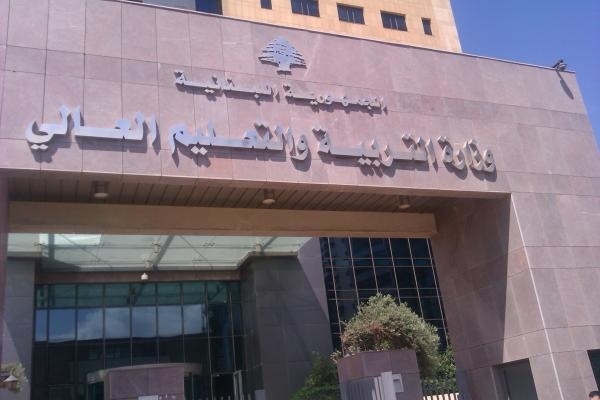
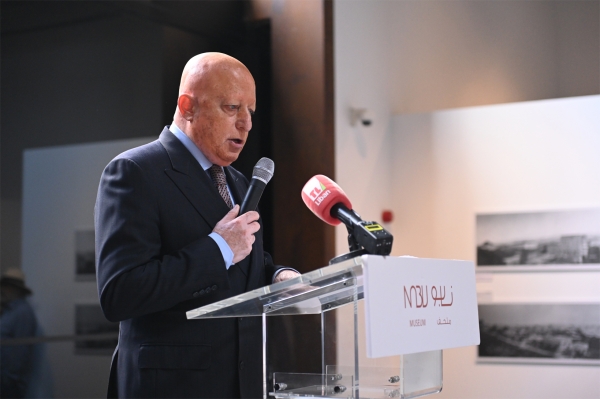
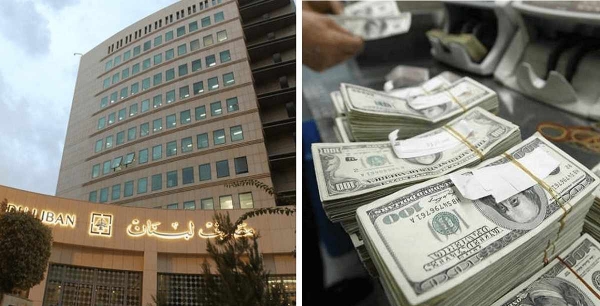
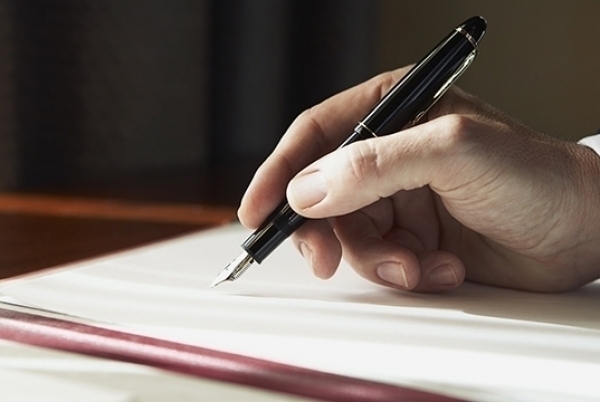
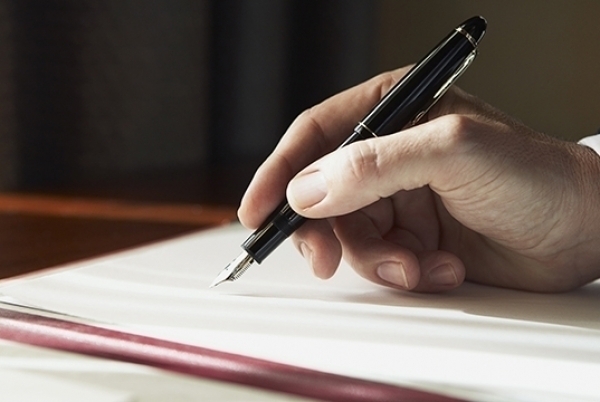


Leave A Comment